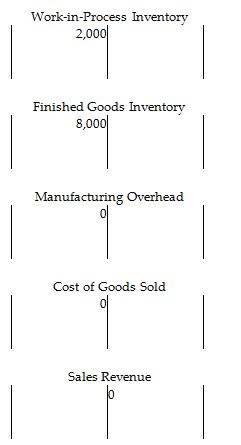The micro perspective of logistics examines the relationships between logistics and other functional areas in an organization. What are these other functions? Select one and discuss how it interacts with logistics
The micro perspective of logistics examines the relationships between logistics and other functional areas in an organization – including marketing, manufacturing or operations, finance and accounting. Logistics, by its nature, focuses on processes that cut across traditional functional boundaries, particularly in today's environment with its emphasis on the supply chain. Consequently, logistics interfaces in many important ways with other functional areas since the logistics-related flows, as well as supply chain flows, tend to be horizontal in an organization, cutting across other functions.
You might also like to view...
Jocelyn works at a retail store in Los Angeles. She addresses her Indian manager, Anika, by her first name. Jocelyn's colleague advises against addressing Anika by her name, as she might find it disrespectful. The colleague is most likely right if Anika's cultural beliefs align with a
A. collectivist nature. B. low uncertainty avoidance. C. long-term orientation. D. high power distance. E. short-term orientation.
At the beginning of the year, Conway Manufacturing had the following account balances:

The following additional details are provided for the year:

The ending balance in the Work-in-Process Inventory account is a ________.
A) credit of $70,200
B) debit of $2000
C) credit of $2000
D) debit of $70,200
Which is a guideline for using photographs as a presentational aid?
a. Pass the photos around so everyone is able to see them. b. Use photographs to establish the mood of your presentation. c. Take advantage of the potential for shock value of photographs. d. Use photos that do not require explanation.
According to the table, "Four Resources for Decision Making," which of the following resources is action-oriented?
a. Observations b. Assumptions c. Value Judgments d. Descriptions e. None of the above